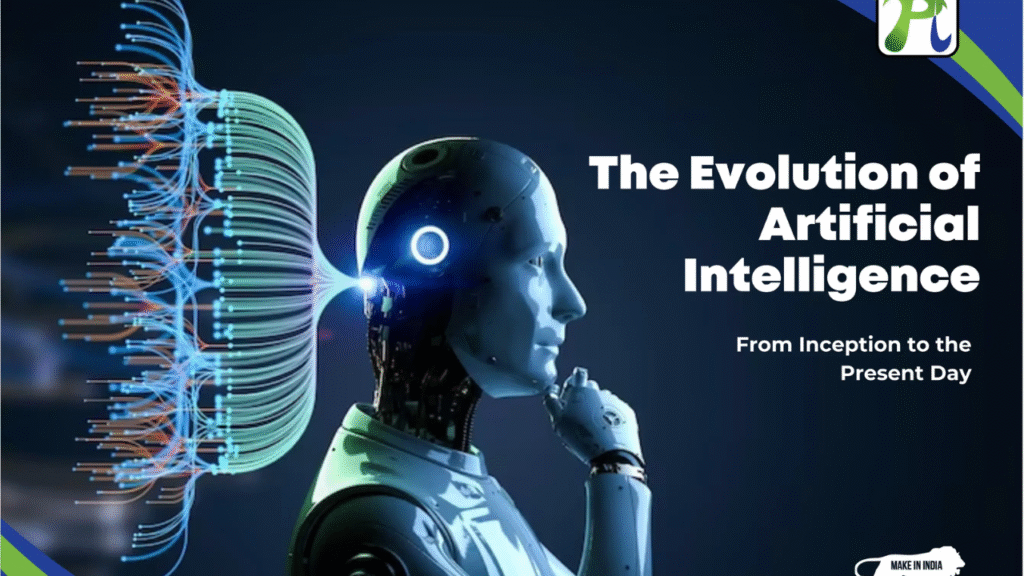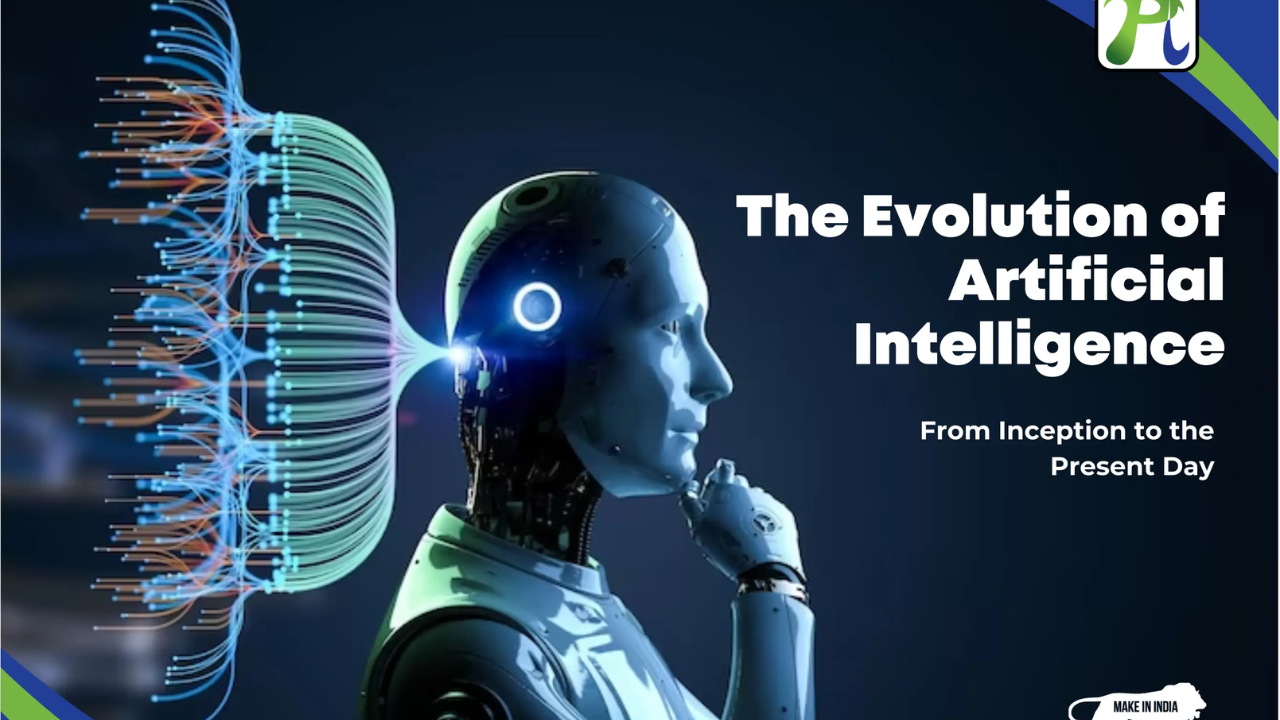
The path from traditional Machine Learning (ML) to Artificial General Intelligence (AGI) marks one of the most transformative technological evolutions of our era. While ML focuses on task-specific intelligence, AGI aims to replicate the adaptability, learning capacity, and cognitive versatility of the human brain. As we progress deeper into the age of intelligent machines, it’s crucial to understand how we got here, where we are now, and what lies ahead.
Understanding the Basics
Machine Learning (ML) involves algorithms that learn from data to make predictions or decisions without being explicitly programmed. It’s the engine behind personalized recommendations, image recognition, fraud detection, and much more.
Artificial General Intelligence (AGI), on the other hand, refers to a type of AI that can understand, learn, and apply knowledge across a broad range of tasks—similar to how humans operate. AGI is not limited to pre-defined functions; it can transfer learning from one domain to another, reason abstractly, and adapt dynamically.
The Evolutionary Path
1. Rule-Based Systems to Machine Learning
Early AI systems were built using hardcoded rules—if-then statements designed to cover specific scenarios. These expert systems were brittle and couldn’t handle exceptions or learn new information. The advent of ML changed that by allowing systems to learn patterns from data instead of relying on rigid programming.
2. The Rise of Deep Learning
Deep Learning, a subset of ML, uses neural networks with multiple layers to model complex patterns. This allowed machines to excel in tasks like language translation, image classification, and game playing. Breakthroughs like AlphaGo and GPT models demonstrated machines performing at or above human level in narrow domains.
3. Towards Generalization
Despite impressive advances, current AI remains narrow. It excels only in the specific tasks it was trained on. AGI aspires to generalize knowledge—learning a new skill by applying experience from different domains, like a child learning to ride a bike and then easily adapting to a scooter.
Key Pillars in the Transition to AGI
a. Transfer Learning
Models that can transfer knowledge from one task to another—paving the way for AGI. For instance, a model trained on medical diagnosis could adapt to identify cyber threats using similar principles.
b. Meta-Learning (Learning to Learn)
AI systems that can modify their own learning algorithms based on experience—making them flexible and autonomous over time.
c. Embodied Intelligence
Integrating AI with robotics, allowing physical interaction with the environment, which helps in real-world learning and adaptation.
d. Neuroscience-Inspired Architectures
Designing models based on how the human brain processes information, such as memory, attention, and consciousness simulation.
Technological Milestones
| Era | Technology | Capability Level | Limitation | Impact |
|---|---|---|---|---|
| 1950s–1980s | Rule-based Systems | Low | No learning or adaptability | Early AI attempts |
| 1990s–2010s | Machine Learning | Medium | Task-specific, data-heavy | Industrial automation, analytics |
| 2012–2020 | Deep Learning | High (narrow domains) | No generalization | Voice assistants, image recognition |
| 2021–2024 | Foundation Models | Very High (context-rich) | Still narrow, hallucination issues | Generative AI like ChatGPT |
| 2025–Future | Toward AGI | Adaptive, multi-domain | Safety, control, ethical concerns | Potential for cognitive machines |
Challenges on the Road to AGI
- Safety and Control: Ensuring AGI aligns with human values and doesn’t act unpredictably.
- Interpretability: Understanding the decision-making process of highly complex models.
- Computational Demands: Building AGI requires immense computing power and energy.
- Data Bias and Ethics: Preventing the reinforcement of societal biases in generalized AI systems.
- Policy and Regulation: The need for international cooperation and robust governance structures.
Opportunities AGI Could Unlock
- Scientific Discovery: Accelerated research in medicine, physics, and biology.
- Personalized Education: Intelligent tutors that adapt to individual learning styles.
- Universal Language Translation: Real-time, contextual multilingual communication.
- Autonomous Systems: Safer self-driving vehicles, smart cities, and robotic exploration.
- Mental Health Support: Empathetic AI companions offering therapy and companionship.
Overview Table: ML to AGI at a Glance
| Aspect | Machine Learning | Deep Learning | AGI Aspirations |
|---|---|---|---|
| Scope | Narrow tasks | Complex but narrow | Broad, general-purpose |
| Adaptability | Limited | Moderate | High (context-aware and evolving) |
| Learning Method | Supervised/unsupervised | Neural networks | Meta-learning and continual learning |
| Data Dependency | High | Very high | Less with self-supervised approaches |
| Human Supervision | Needed for training | Needed for tuning | Minimal or adaptive over time |
| Real-World Autonomy | Low | Moderate in controlled settings | High in dynamic, unpredictable settings |
3 Best One-Line FAQs
Q1: What is the main difference between Machine Learning and AGI?
AGI can perform a wide range of tasks and adapt like a human, whereas ML is limited to specific, trained tasks.
Q2: Is AGI already here?
No, current AI systems are advanced but still fall under “narrow AI”—true AGI remains in development.
Q3: Why is AGI considered risky?
AGI poses ethical, safety, and control challenges, as it could act autonomously beyond human understanding or intention.

